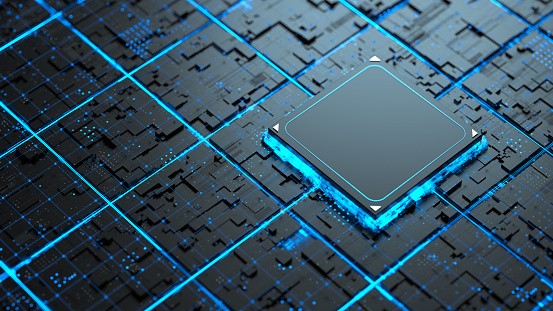Microchips can be found in almost any piece of modern tech (definitely not in vaccines). But have you ever heard of these things equipped with wings?

Well, these microchips do have wings, which makes them technically the smallest flying machines ever made.
According to Engadget, the winged microchips are the size of sand grains, which are small enough to not be seen with the naked eye if you're not looking hard enough.
The design, according to a report by VICE, was inspired by plant seeds and pollen, which spread via the atmosphere by being blown by the wind.
These microchips can be deployed in swarms to achieve their pollution-tracking purpose.
A team of researchers from Northwestern University identified the dispersal potential of tree seeds, specifically cottonwood, which spin like helicopter blades as they fall slowly to the ground. While spinning, they eventually get picked up by the wind, which greatly increases their dispersal range and allows the trees to reproduce.
Here is YouTube video of the winged microchips, which are so small even ants are bigger than them:
Microchips With Wings: How Do They Work?
These microchips do have wings, but they're not configured in a way that screams Hollywood movies.
As you've seen in the video, the chips are more or less built like propellers. They were designed to be that way, because the scientists wanted to take advantage of the mechanics of how spinning seeds ride the wind.
Their main inspiration, according to SciTechDaily, is a specific plant called tristellateia.
It's a flowering vine known for its star-shaped seeds, with the blades of the seeds catching the wind, enabling them to fall slowly with a gentle rotation.
By ensuring that the flying microchips can be dispersed in a controlled way, the scientists from Northwestern University are opening new avenues of research.
For one, they could be used in environmental relief efforts.
Hundreds of thousands (or perhaps even millions of them) can be dropped from the sky, for instance, where they'll disperse to monitor things, such as oil spills or air pollutant levels.
Microchips Still Have A Rather Bad Reputation
A lot of challenges await the winged microchips from the Northwestern University team. And frankly, they're not really of the financial kind.
Many people still view microchips used for tracking data as something bad. And their perceptions certainly wouldn't be helped by news such as that of a Swedish company, who has implanted chips into the hands of their workers.
While the implantation doesn't really have a sinister plot behind it (they just help the employees control machines, such as printers by waving their hands), imagine what this specific type of news can do to a largely misinformed populace.

Still, it's not all bad. Microchips can still do a great job at helping people.
For one, a specific chip developed by researchers from Rutgers University can analyze stress levels just from a single drop of blood.
This article is owned by Tech Times
Written by RJ Pierce
ⓒ 2025 TECHTIMES.com All rights reserved. Do not reproduce without permission.




